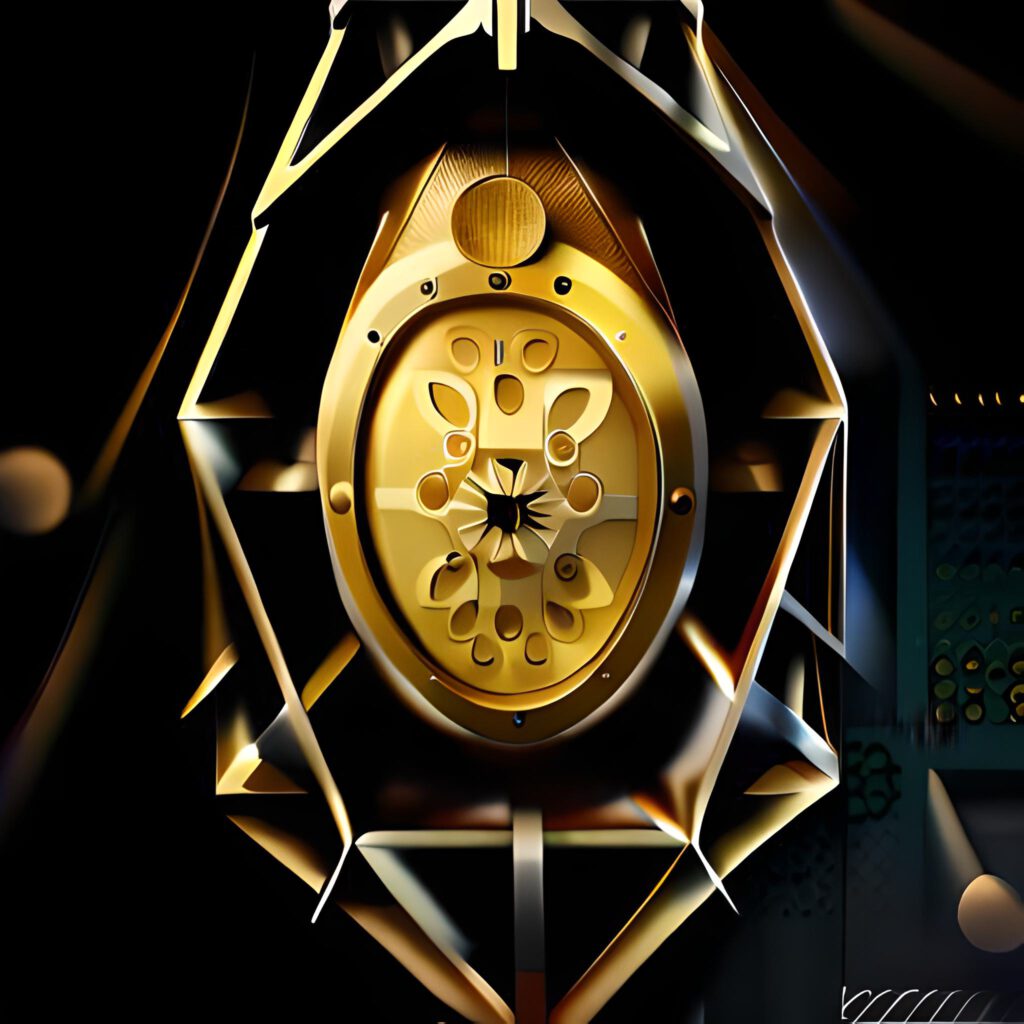Bitcoin Spark: A New Altcoin Catching the Eye of the Crypto Community
Bitcoin Spark has been gradually capturing the attention of the cryptocurrency community. According to insights from a prominent Polygon whale, this emerging altcoin is akin to acquiring Bitcoin (BTC) at a value of just one dollar.
Exploring Polygon (MATIC)
Polygon, recognized as MATIC, serves as a layer-2 (L2) scaling solution developed atop the Ethereum blockchain. This network aims to tackle limitations inherent to Ethereum, such as high transaction fees and sluggish transaction speeds, while preserving the core tenets of security and decentralization. Polygon achieves this feat by employing sidechains to enable off-chain processing of transactions. This technological innovation positions Polygon as an appealing choice for decentralized applications (dApps) and DeFi projects that aspire to offer improved user experiences while reducing barriers to entry for users. This accomplishment has also driven substantial appreciation in the value of its native token, MATIC.
Bitcoin Spark: Advancing the Legacy of Bitcoin
Bitcoin Spark emerges as a novel cryptocurrency project that seeks to elevate the vision set forth by Bitcoin’s creator, Satoshi Nakamoto. While retaining the favorable attributes of Bitcoin, such as decentralization and a capped supply of 21 million coins, Bitcoin Spark introduces notable enhancements to deliver amplified speed, security, and scalability.
The Bitcoin Spark network showcases a significantly expanded number of nodes, shortened block times, and heightened transaction capacity per block. This overhaul ensures vastly improved transaction speeds and decreased gas fees. Moreover, Bitcoin Spark employs a multi-layered architecture, encompassing a smart contract layer that accommodates both EVM-compatible languages and Rust for application development. This diversification bolsters the utility of the native Bitcoin Spark token, BTCS, by fostering a versatile network.
Bitcoin Spark further pioneers the concept of inclusive mining. Traditional Proof-of-Work mining mechanisms have raised concerns regarding centralization and environmental impact. Bitcoin Spark addresses these concerns by introducing the Proof-of-Process (PoP) consensus mechanism. PoP rewards miners for validating blocks and renting out their mining device’s processing power to the network. This approach aligns energy consumption with a tangible purpose. PoP is coupled with a unique algorithm that curtails linear rewards based on raw computational power, ensuring more equitable distribution. To facilitate user-friendly participation, the Bitcoin Spark development team will provide an application enabling users to mine using their device’s processing unit. This application regulates mining capacity based on the device’s processing power, maintaining low work and power consumption for block confirmation on the Bitcoin Spark blockchain.
Participants in the Bitcoin Spark network receive rewards through avenues beyond mining and processing power rental. They earn 50% of ad revenue generated from the Bitcoin Spark application and homepage advertisements. An additional 15% is allocated for overseeing the advertisement content.
The Bitcoin Spark Initial Coin Offering (ICO) presents an opportunity reminiscent of Bitcoin’s early days. BTCS is available at a price of $1.50 during phase 1 of the ICO, which concludes on August 11th.
The Value of Altcoins
Projects like Polygon (MATIC) and Bitcoin Spark (BTCS) exemplify the significance of altcoins. These alternatives drive technological innovation, propelling the boundaries of blockchain technology and ultimately benefiting the broader cryptocurrency ecosystem. While investing in altcoins entails risks, their potential for growth and adoption makes them an enticing option.


